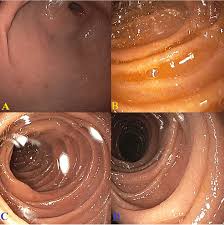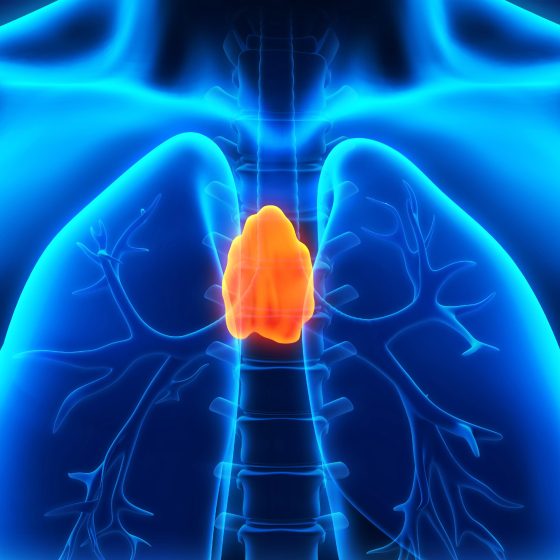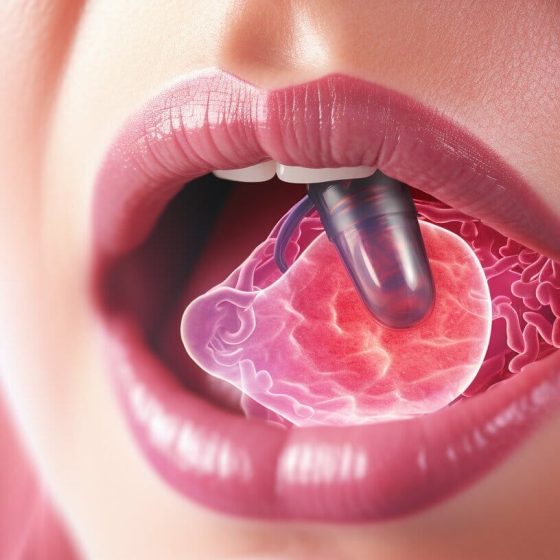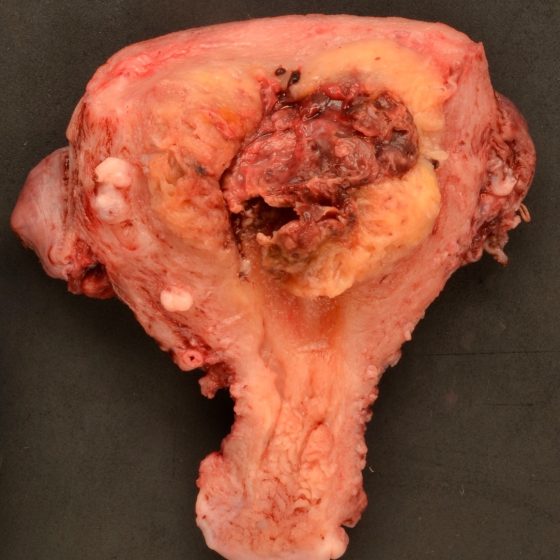Treatment for small bowel neuroendocrine tumours
The treatment you have depends on a number of things. This includes where the cancer started, its size and whether it has spread (the stage). Surgery is the main treatment for small bowel neuroendocrine tumours. But surgery isn’t always possible. Some small bowel neuroendocrine tumours might have already started to spread when you are diagnosed. Or you might not be well enough to have it. You continue to have treatment to help your symptoms if surgery isn’t an option. Deciding which treatment you need A team of doctors and other professionals discuss the best treatment and care for you. They







